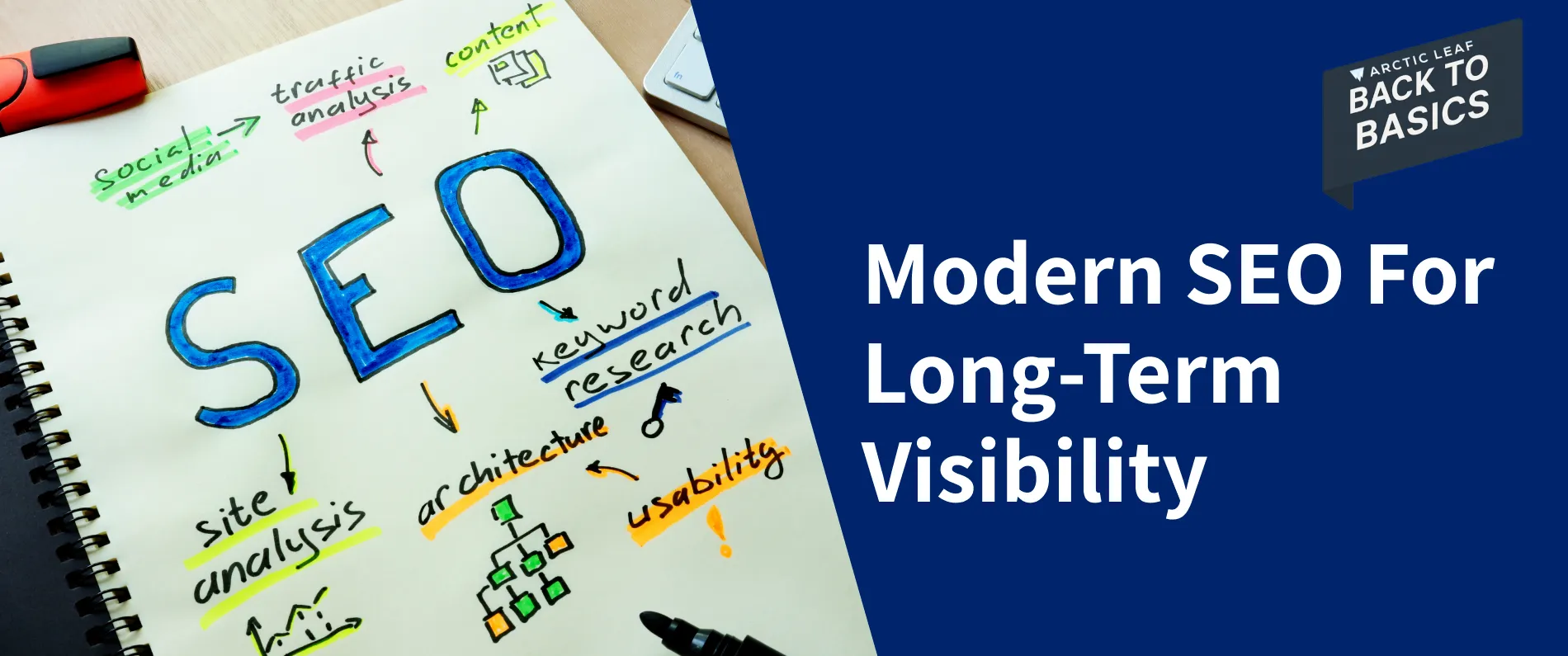SEO Best Practices: How to Improve Your Google Rankings in 2025
Key Takeaways:
-
Strong backlinks improve rankings—focus on quality over quantity.
-
Canonical tags help search engines navigate your site correctly.
-
A technical audit keeps your site up to SEO standards.
-
Website analytics reveal where to upgrade for better results.
-
Mobile-first indexing makes mobile usability non-negotiable.
In 2025, keeping up with SEO trends is important if you want your website to rank higher on Google. Search engine optimization (SEO) practices evolve quickly, and what worked last year may not work today. This blog will guide you through the best SEO strategies that will help you boost your rankings and stay competitive in the digital space.
SEO Basics: What is Search Engine Optimization?
At its core, Search Engine Optimization (SEO) focuses on improving your website's structure and content to rank higher in search engine results pages (SERPs). The goal is to increase visibility and drive more organic traffic to your website. SEO involves various techniques and strategies, from content creation to technical adjustments.
Understanding search engine optimization meaning is the first step in developing a strong SEO strategy. The key is to balance technical, on-page, and off-page SEO efforts. To do this, you’ll need to focus on creating high-quality content, improving user experience, and building strong backlinks. This helps your site rank well not just today, but into the future.
The Importance of Backlinks & How to Build Them
What are backlinks? Backlinks are links from other websites that point to your pages. Google sees these links as a signal that your content is valuable and trustworthy. Backlinks impact your site's rankings, with quality and relevance playing a major role.
When creating a backlink plan, it’s important to understand the backlink types you can pursue:
-
Guest blogging: Writing guest posts for high-authority websites.
-
Linkable assets: Creating content that naturally attracts backlinks, such as informative guides or research-based posts.
-
Partnerships: Building relationships with other companies and collaborating on content that gets linked back to your site.
Using an SEO competitor tracker can help you identify where your competitors are getting their backlinks. This allows you to target high-quality websites that could benefit your SEO strategy.
What is a Canonical Tag & How Does It Help SEO?
A canonical tag is an HTML element that helps search engines understand which version of a webpage should be considered the main one when there are duplicate pages with similar content. If your site has multiple pages with the same or similar content, canonical tags will direct search engines to the preferred version, preventing duplicate content penalties.
For example, if you have several product pages with similar descriptions, implementing these tags helps consolidate the link equity and avoid harming your rankings. A clean and well-organized site structure is necessary in 2025, and canonical tags are one of the simplest ways to help search engines navigate your site properly.
SEO Technical Audit Checklist for 2025
A technical SEO audit is an important process to keep your website up to date with current SEO standards. In 2025, the digital landscape is competitive, and technical SEO cannot be overlooked. Here’s a checklist to help you conduct a successful audit:
-
Page Speed and Core Web Vitals: Site speed plays a major role in Google rankings. Slow-loading sites lead to higher bounce rates and lower engagement. Make sure your site performs well across all devices.
-
Mobile Friendliness: Mobile-first indexing means that Google now prioritizes the mobile version of your website. Test your site’s mobile usability to make sure it performs well on smartphones and tablets.
-
HTTPS Security: Google rewards secure websites. Make sure your site uses HTTPS, not HTTP, as an added layer of security.
-
Crawlability: Check that search engines can crawl all the key pages on your site. Use tools to check that your pages aren’t blocked and can be indexed by Google.
-
Broken Links: Broken links damage both user experience and SEO rankings. Regularly check for dead links and fix them.
By performing a technical SEO audit, you can identify any issues that may be holding your site back from reaching its full potential in search rankings.
How to Use Website Analytics to Track SEO Performance
Website analytics are a powerful tool for tracking your SEO performance and making data-driven decisions. Tools like Google Analytics or Semrush provide a wealth of information on how users interact with your site, which pages are performing well, and where you can improve.
Here are some ways to use web analytics to monitor your SEO success:
-
Track Keyword Performance: Monitor which keywords are driving traffic and adjust your strategy as needed.
-
Assess User Behavior: Look at metrics such as bounce rate, time on page, and pages per session to understand user engagement.
-
Traffic Sources: Identify where your traffic is coming from and focus on optimizing high-performing channels.
-
Identify Issues: Use analytics to find pages with high bounce rates or slow load times and optimize them.
By regularly analyzing your website analytics, you can refine your SEO strategies and stay ahead of the competition.
Conclusion
SEO in 2025 is about much more than basic keyword optimization. A comprehensive strategy includes understanding search engine optimization meaning, building valuable backlinks, using canonical tags correctly, conducting a technical SEO audit, and tracking your performance with website analytics. By focusing on these areas, you can boost your rankings and improve your site’s visibility.
If you want to take your SEO strategy to the next level, Arctic Leaf is here to help. Our team, with SEO certification, specializes in delivering tailored strategies that get results. Let us help you grow your online presence and achieve the rankings you deserve!







